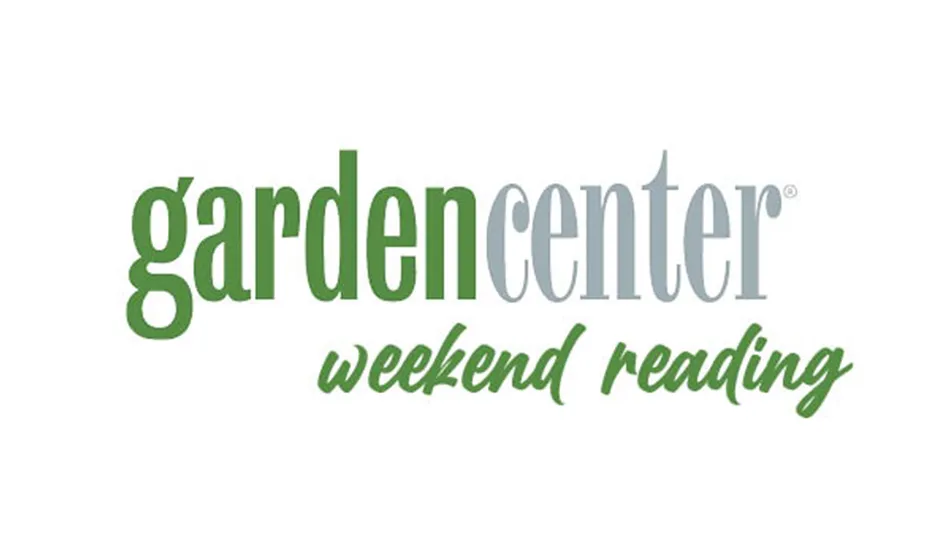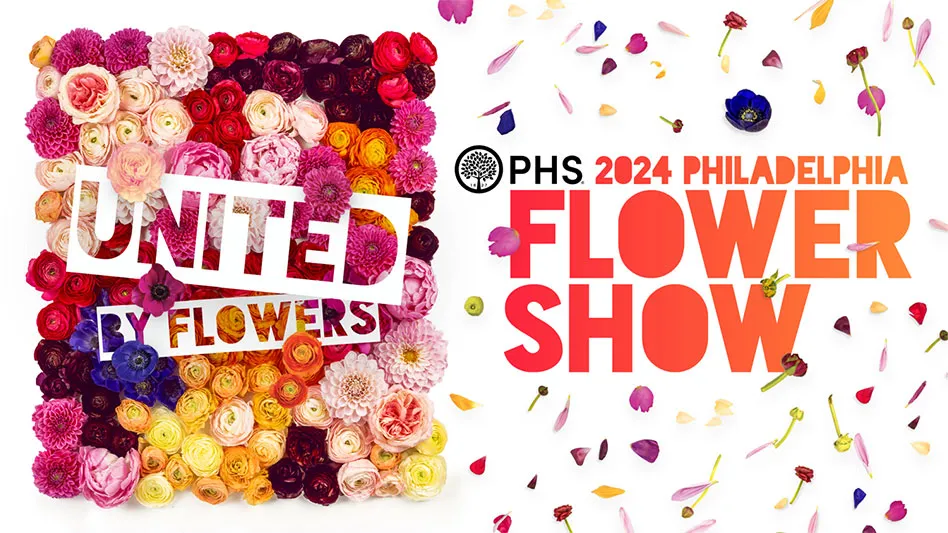

As garden centers shift through the seasons, there’s always lots of talk about how to extend the spring season into summer. How do you get customers back in the door after your peak spring surge? It’s not about simply extending a given season using the same seasonal tactics; it’s also about expanding and enriching each of your distinct seasons. Tailoring plants and products to key seasonal shifts can keep customers coming back, but serious supply and plant shortages may force you to get much more creative with your marketing this summer.
Enticing your customers to keep coming back through the summer months involves staying engaged with them, beyond spring, in the conversation of gardening. Unless you stay vocal about the benefits of summer gardening, most customers will stick to their spring-only shopping routine. Part of encouraging summer foot traffic is countering the perception that spring is “the” time to plant.
Food, feathers and foliage
While summer can be a tough time to establish new plantings in hot or dry climates, there are still plenty of plants that can take the heat. And complementary plant health and garden or patio projects are perfectly suited for the summer season. Summer is always the perfect time to move hard goods, specifically items in your compost and mulch categories. While the rush on spring color may have waned, you can keep edible gardeners coming back for veggies, herbs and fruit plants all summer long. Not to mention all the fertilizer and plant health care products that go along with vegetable gardening. Water-wise, heat-tolerant perennials and native plants can form the backbone of solid summer sales. Backyard birding is a hobby that’s still on the rise, so don’t skimp on bird-related hard goods and feed. Water-saving irrigation and watering solutions, as well as quality tools, should also be at the top of a summer shopping list.
Indoor gardening and houseplants offer you categories you can successfully sell year-round, regardless of weather conditions. With the boom in houseplant interest, you can bet that your indoor gardeners will keep coming back, no matter the season, as long as you have an interesting selection for them to peruse. When it’s too hot outside to actively garden, many of us turn to our indoor gardens to stay connected with nature. Summer is an excellent time to put indoor plants at the forefront of your marketing, not to mention all the hard goods and décor associated with cultivating an indoor green thumb.
Train them right
Remember, we’ve gained an enormous number of new, enthusiastic gardening customers since the beginning of 2020. Most of these new gardeners and houseplant enthusiasts want to stay engaged with their newfound hobbies daily, year-round. They are constantly seeking knowledge and inspiration, not to mention expert assistance.
Summer is the perfect time to ramp up your classes and workshops in a nice, air-conditioned space. You have a unique opportunity right now to teach your new customers about the benefits each gardening season has to offer, and how to stay engaged with plants no matter the season.
Strategic curation
If you can’t find exactly the plants or products you need to stock your store the way you’d like through the summer, then shift your focus to how you’re marketing what you will have. Last month I wrote about curation … and that is what you’ll have to do more intently through the summer season. Sell your customers on the benefits of what is available — highlighting quality substitutions — so they’ll stay focused on the stock you have, not the stock you don’t.
Customers never want to feel like they are shopping in poorly stocked stores or leftover inventory. Limited selection can quickly tank your turns. Consider merchandising products together in project bundles or offering a predetermined “menu” of expert-chosen plants (that you will have) grouped for specific projects or locations. Project bundles tailored to specific customer pain points can help remove overwhelm from the customer decision-making process and make summer shopping more efficient and enjoyable. When it’s hot outside, the faster customers can find everything they need or want, the better their experience and your average sale.
Summer serenity
With plant shortages being what they are, you’ve likely experienced a steady rush on your spring inventory. Due to a heightened sense of urgency, customers may have snatched up what was pretty, thinking they may not be able to get the showiest items later in the season. They very well may not be able to. That said, spring is already an intense and stressful season for both garden center employees and shoppers. While some people may like the more intense hustle and bustle of the spring garden center rush, it’s also a major deterrent for those of us seeking a more calming plant-related experience. Sure, summer comes with hotter temperatures and different inventory, but it also can offer up a more relaxed shopping experience. Staff can also spend more time with customers answering questions. Make sure you’re letting your customers know exactly how you’ll be enriching their summer shopping season in regard to their experience.
Timed incentives
For customers who might need a bit more convincing, it often comes down to the incentives you offer for them to return off-season. Be strategic about how and when you offer redemption periods as part of your customer rewards program. My strategy was to have customers accumulate purchasing points (or whatever system you use) during the busy spring season, then have redemption periods during the off-season. The goal, of course, was to get customers to make a return visit in summer (or fall, or winter) that they may not have otherwise made. This system meant I wasn’t giving out rewards and discounts on purchases made during my crucial spring season; I was incentivizing customers to help me move inventory during slower months and increasing my customer’s average annual visits.
Obviously, making the most of your summer season depends on your local climate, unique market, ideal target customer and plant availability. But one thing we can all do, regardless of locale, is control our conversations with our customers to help guide them to a summer filled with less stress and more gardening.


Explore the May 2022 Issue
Check out more from this issue and find you next story to read.
Latest from Garden Center
- Weekend Reading 5/17/24
- GardenComm 2024 Annual Conference registration is open
- Landmark Plastic celebrates 40 years
- Proven Winners introduces more than 100 new varieties for 2025
- Weekend Reading 5/10/24
- The Family Business, Part 2: Agreeing (and disagreeing) on capital investments
- Registration opens for Darwin Perennials Day
- Weekend Reading 5/3/24





